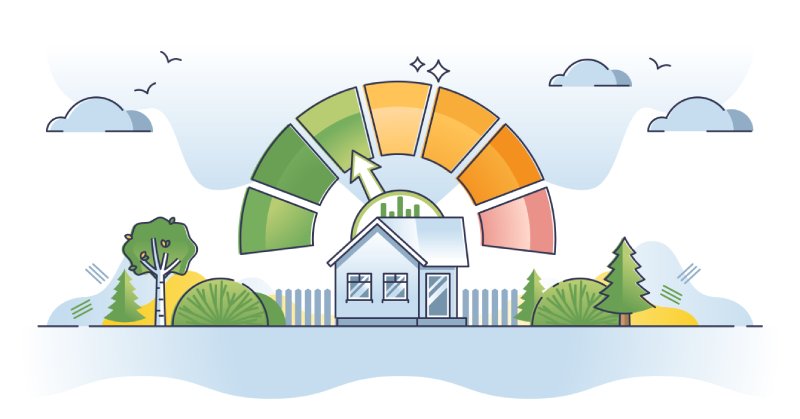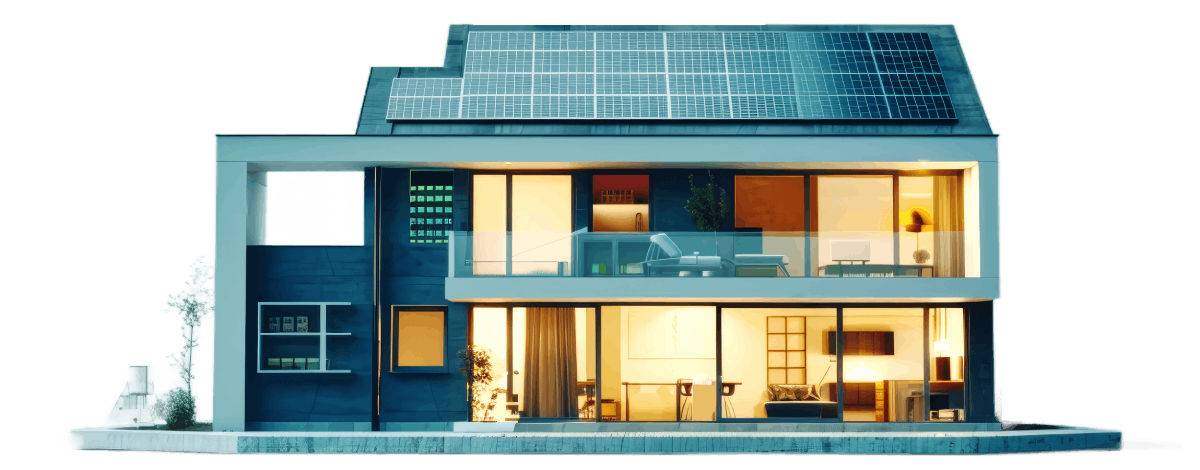Pre-application checklist
Review the necessary steps to complete the process.
Equipment spec sheets (if you already know what you want to install)
Include specifications for the selected equipment to verify eligibility.
How We Help
Homeowners | Renters | Commercial
Once you decide to proceed with your custom plan, our team will manage the contractors throughout the entire process. Our curated and certified energy partners are also yours.
Efficiency
If you’re planning to electrify your appliances, install solar, or make other home upgrades, your first step should always be to assess and improve your home’s energy efficiency.
Electrification
Transportation
Solar
What you need to know about EPB Documentation
Building Electrification Rebates – City and County of Denver
Multifamily affordable housing:
These are defined as multifamily buildings where at least 2/3 of the units are classified as deed-restricted affordable housing. In order to verify that your building falls into this category, your application must include:
- A copy of the regulatory agreement OR affordable housing covenant that specifies the number of units in the building that are deed-restricted affordable housing.
Affordable apartment buildings:
These are apartment buildings where at least 2/3 of residential units have rents at or below 80% of the HOST rent limits. In order to verify that your building falls into this category, your application must include:
- A rent roll (in Excel spreadsheet format) that lists the following for all rental units:
- Unit number
- Monthly rent
- Number of bedrooms
- End-date of current lease
Income Qualified Residential Condos:
These include individual condo unit owners who meet certain income requirements and are installing equipment in their individual condo unit OR whole residential condominium buildings where at least 2/3 of unit owners meet one of the following criteria:
- A household income at or below 80% of Denver’s area median income
- Enrollment in a public assistance program
In order to confirm that the building falls into this category, one of the following is required for each unit owner that meets the above criteria:
- Cover page of the previous year’s Form 1040, line 9
- Your Form SSA-1099
- Proof of enrollment in Xcel Energy income-qualified demand side management program
- Proof of enrollment in Xcel Energy’s income-qualified Community Solar Gardens program
- Proof of enrollment in the Denver Property Tax Relief Program
- Proof of Social Security Disability Insurance (SSDI)
- Proof of Supplemental Security Income (SSI)
- Proof of Old Age Pension (OAP)
- Proof of Support from any of the following:
- Aid to the Blind (AB)
- Aid to the Needy Disabled (AND)
- Supplemental Nutrition Assistance Program (SNAP)
- Section 8 Housing
- Women, Infants, and Children (WIC)
- Temporary Aid to Needy Families (TANF)
- LEAP (Utility Bill Assistance)
Nonprofit organizations
Nonprofits must meet both of the following criteria:
- Have a 501c(3) Letter of Determination from the Internal Revenue Service OR IRS Form W-9 including an Employer Identification Number (EIN) that can be verified as tax-exempt using the IRS tax-exempt organization search tool
- Offer critical services in the City and County of Denver, such as, but not limited to:
- Advocacy organizations (such as Community Advocacy, Social Service Advocacy, or similar)
- Affordable housing or housing service providers
- After-school providers, childcare centers, or family support organizations
- Community financial institutions (like credit unions, non-profit lenders, etc)
- Disability service providers
- Domestic violence centers, women’s centers, or children’s centers
- Emergency service organizations
- Food pantries
- Homeless shelters, transitional housing, or supportive housing
- Hospitals, healthcare facilities, mental or behavioral health facilities, clinics
- Immigration service providers
- Job training and workforce development services
- Law/legal centers (non-profit and pro-bono services to income-qualified communities)
- Libraries (not owned by the City and County of Denver) or community centers
- Places of worship
- Rehabilitation providers
- Senior centers (not owned by the City and County of Denver)
In order to verify that your building falls into this category, your application must include:
- Your 501c(3) Letter of Determination from the Internal Revenue Service OR IRS Form W-9 including EIN
- A written description of what your nonprofit organization does. Narratives should include:
- Number of people served annually
- Types of critical services offered
- Neighborhoods you serve
Commercial Buildings
We will consider commercial buildings with operating revenues less than $800,000 in the previous tax year.
In order to verify that your building meets this criteria, your application must include a copy of the previous year’s tax return that details the building owner’s total operating revenues, typically a Form 1040 Schedule C. Personal info such as social security number should be redacted.

